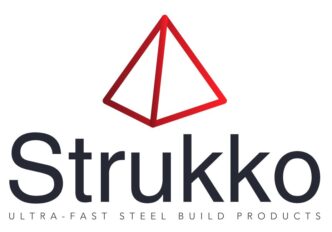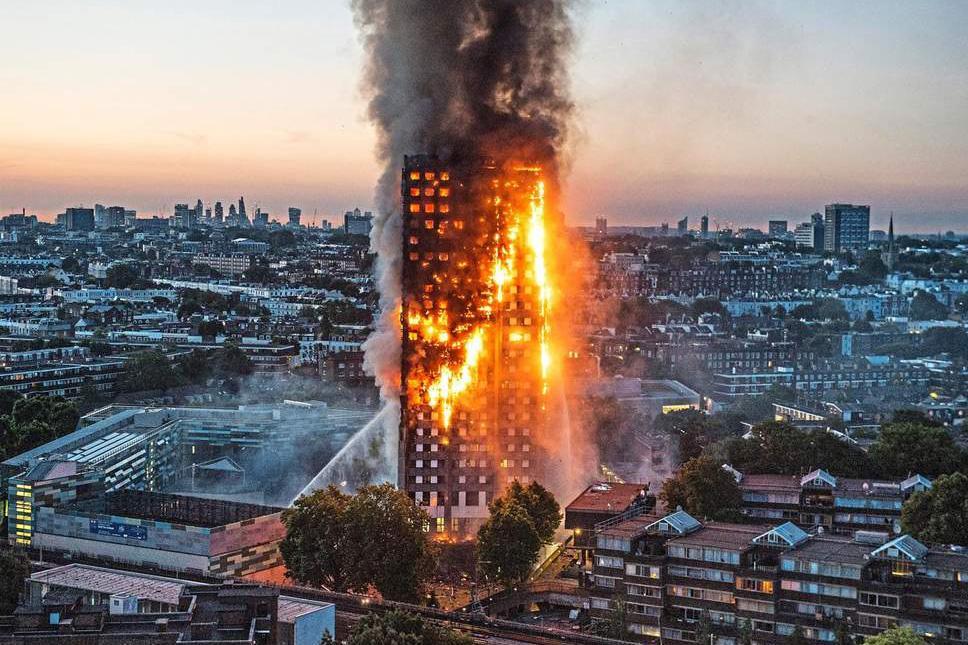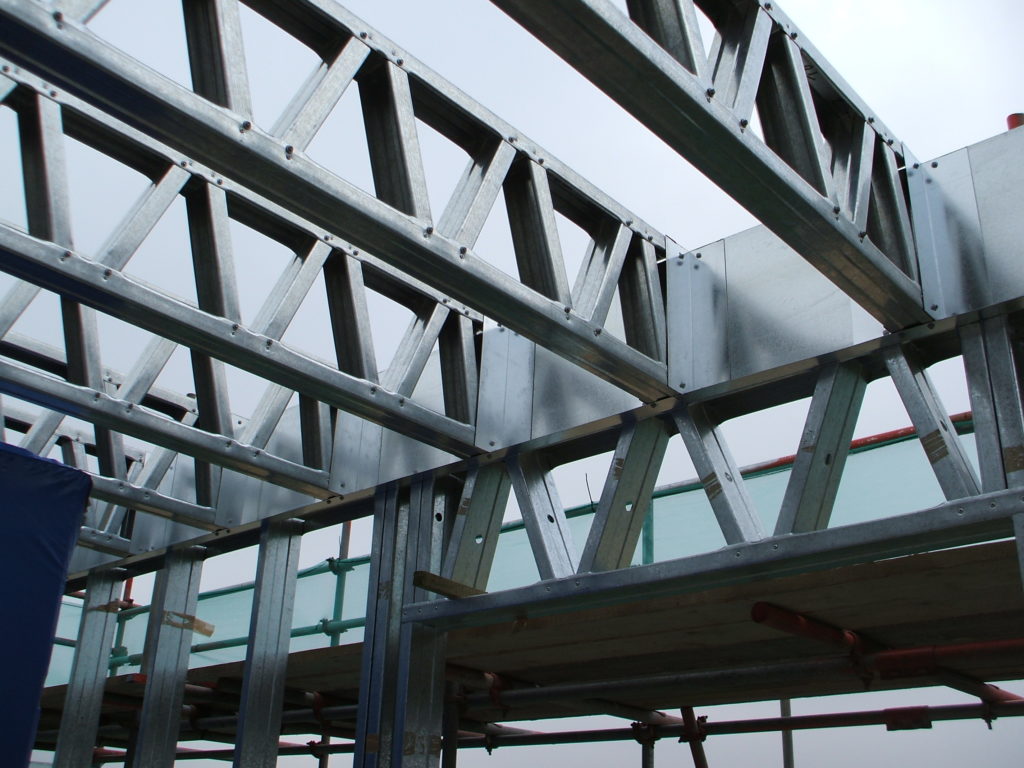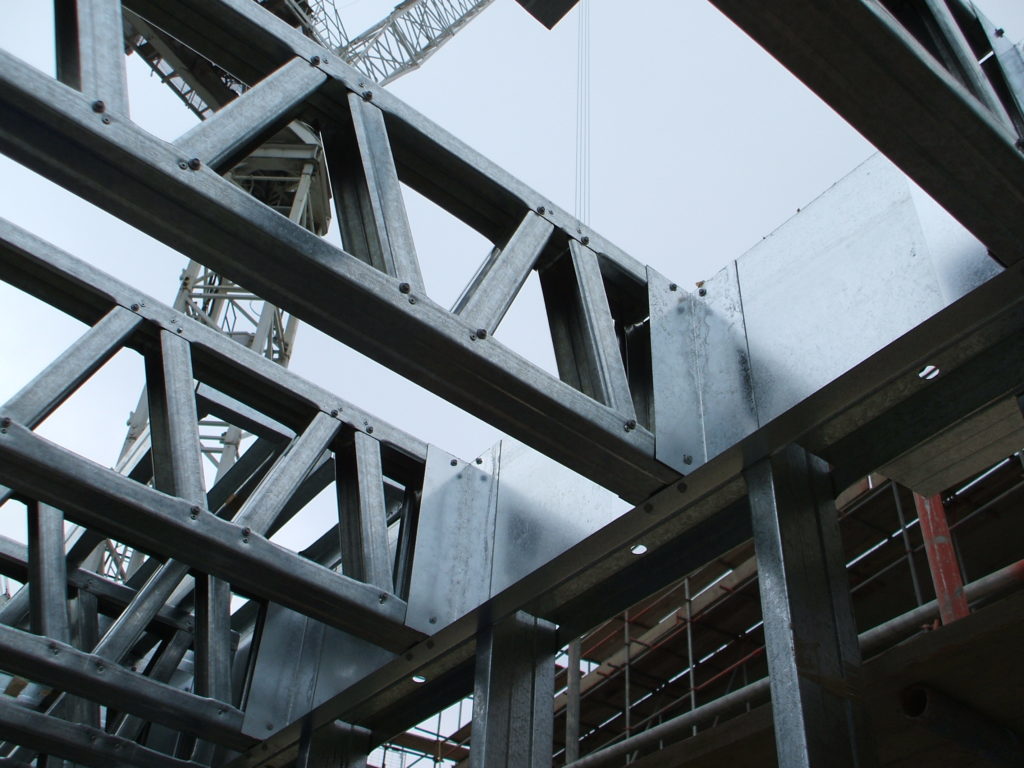The UK’s cladding crisis, which was exposed in full after the Grenfell Tower fire, has revealed widespread fire safety issues in council houses and other buildings, primarily due to the use of unsafe cladding materials. Lightweight steel frame (LGSF) construction offers a potential solution to this crisis in several ways:
1. Fire Resistance
LGSF structures are non-combustible, making them far safer than the combustible cladding materials that have been at the heart of the cladding crisis. Steel frames do not contribute to the spread of fire, unlike traditional timber frames or aluminum composite cladding with flammable insulation. Using LGSF for retrofits or new constructions ensures better fire safety compliance and reduces the risk of similar tragedies.
2. Durability and Stability
Steel is inherently strong and durable, meaning LGSF structures can withstand external factors such as heat or fire without losing structural integrity. This gives an added level of safety in the event of a fire compared to materials that might collapse under intense heat. LGSF buildings maintain stability for longer periods, providing more time for occupants to evacuate during emergencies.
3. Quick and Efficient Retrofitting
One of the biggest challenges in solving the cladding crisis is retrofitting thousands of buildings across the UK. LGSF is known for its speed and ease of installation. It is a prefabricated system, meaning components are manufactured offsite and then assembled onsite, drastically reducing construction time. This method can significantly speed up the remediation of affected buildings, allowing faster replacement of unsafe cladding.
4. Cost-Effectiveness
While steel frames can initially be more expensive than other materials, LGSF can be cost-effective in the long term due to its longevity and low maintenance. Its quick assembly reduces labor costs.
Read the original article here…. https://woodcentral.com.au/uks-cladding-crisis-council-houses-tied-up-in-blaze-threat/



